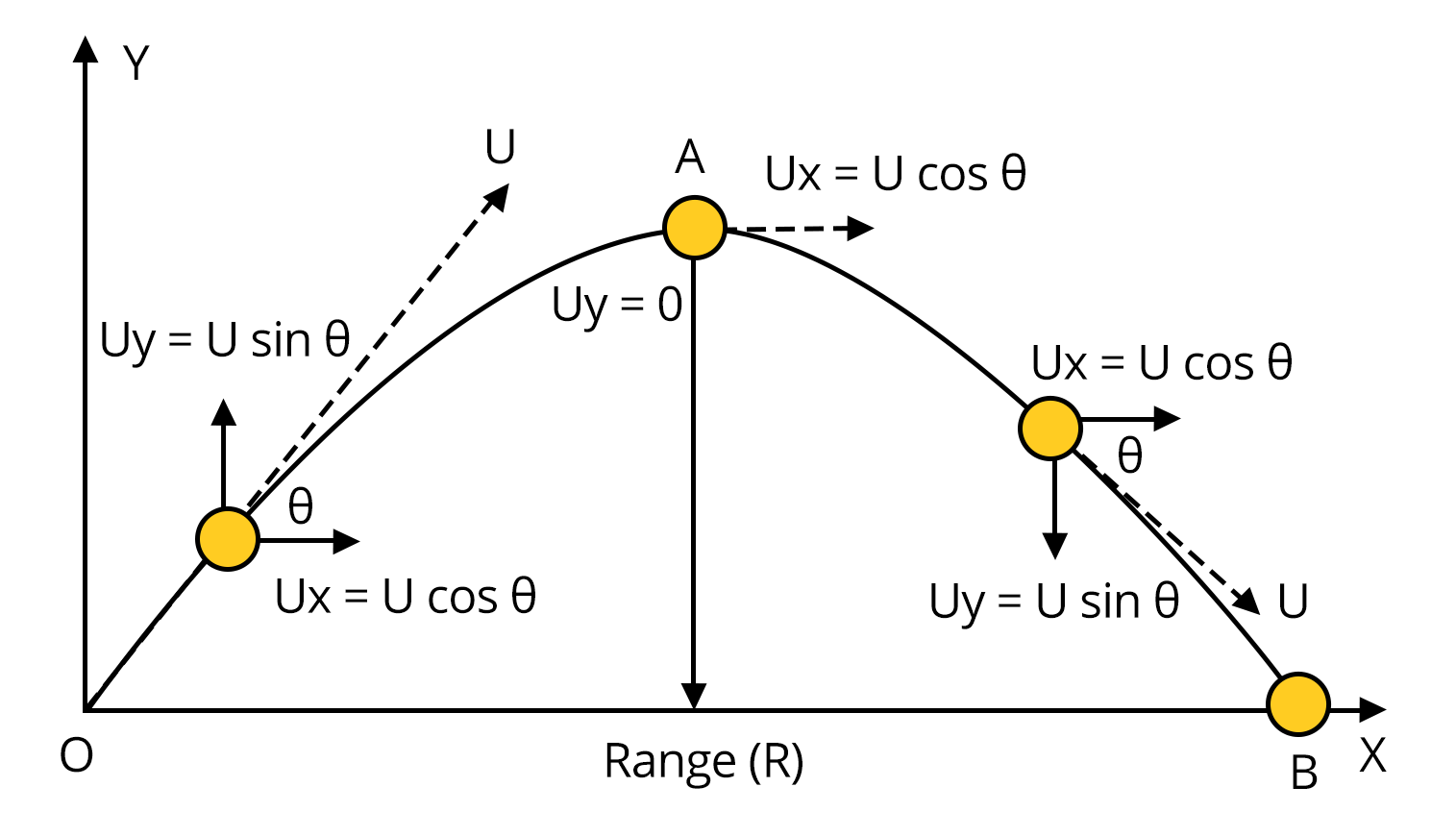Kinematics Short Notes for JEE Main - Download FREE PDF
FAQs on Kinematics IIT JEE Notes PDF
1. Do Vedantu’s kinematics notes for IIT JEE PDF downloads help in quick learning?
Vedantu’s kinematics notes for IIT JEE in PDF format are designed to support quick learning and understanding. Download them for easy, targeted study sessions.
2. What is the weightage of Kinematics Notes for JEE Main 2025?
The weightage of Kinematics Notes for JEE Main 2025 is determined by the examination authority's mark allocation. Kinematics is a vital issue in the Physics section that has a significant weightage in the JEE Main test. For exact information on the weightage of each topic, refer to the official exam pattern and syllabus issued by the exam authority.
3. Which is the easiest topic of JEE Main 2025 Kinematics Notes?
The perception of the "easiest" topic can vary from student to student based on their background, interests, and strengths. However, based on general trends and feedback from students, the concept of "Projectile Motion" is often considered one of the relatively easier topics in the JEE Main 2025 Kinematics syllabus.
4. How much time is required to prepare for JEE Main 2025 Kinematics Notes?
The amount of time needed to prepare for JEE Main 2025 Kinematics Notes depends on your familiarity with the concepts, study habits, and practice attempts. A few weeks of consistent study, involving active reading, problem-solving, and revision, should provide a solid foundation on average. However, it is critical to adjust your study schedule to your learning rate and set aside enough time for thorough comprehension and practice.
5. How can I make my own JEE Main kinematics notes?
Here are some tips on how to make your own JEE Main kinematics notes:
Start by reading your textbook or a good online resource on kinematics.
Take notes on the important concepts and formulas.
Organize your notes in a way that makes sense to you.
Add diagrams and illustrations to help you understand the concepts.
Practice solving problems from your notes
6. What is Kinematics in the context of JEE Main 2025?
Kinematics is the branch of physics that deals with the study of motion, focusing on the description of objects' positions, velocities, and accelerations without considering underlying causes like forces. It's an important topic in the JEE Main 2025 syllabus.
7. Are there any common mistakes students make in kinematics problems?
The common mistakes students make in Kinematics problems are:
Misinterpreting directionality in vector quantities like displacement and velocity.
Forgetting to convert units when necessary.
Confusing average and instantaneous values.
8. Where can I find kinematics JEE notes on Vedantu?
Vedantu offers detailed kinematics JEE notes covering key concepts and formulas for JEE preparation. You can easily download them from Vedantu’s website for study access anytime.
9. Does Vedantu provide kinematics short notes for JEE?
Yes, Vedantu provides kinematics short notes for JEE, focusing on essential points for quick revision. These notes are concise, and ideal for last-minute preparation.
10. Can I access kinematics class 11 notes JEE on Vedantu?
Vedantu offers kinematics class 11 notes JEE, designed according to the syllabus. Download these notes from Vedantu’s platform to reinforce your understanding.
11. Is there a kinematics JEE notes PDF available for download on Vedantu?
Yes, Vedantu provides a downloadable kinematics JEE notes PDF, allowing easy access for quick study. This PDF format is convenient for on-the-go revision.
12. Are kinematics notes for IIT JEE PDF download available on Vedantu?
Vedantu offers kinematics notes for IIT JEE in PDF format for free download. These notes are crafted to help with JEE concepts and focused learning.
13. How detailed are Vedantu’s kinematics JEE notes?
Vedantu’s kinematics JEE notes are comprehensive yet concise, covering motion, velocity, and acceleration in detail. These notes provide a clear understanding of each topic.
14. Can kinematics short notes for JEE improve revision?
Yes, Vedantu’s kinematics short notes for JEE are structured to support efficient revision, focusing on key formulas and concepts. They are perfect for final exam preparation.
15. Does Vedantu cover complex topics in kinematics class 11 notes JEE?
Vedantu’s kinematics class 11 notes JEE include complex topics like projectile motion and relative velocity, simplified for easy understanding. Download them for a structured study approach.
16. Are kinematics JEE notes suitable for self-study?
Yes, Vedantu’s kinematics JEE notes are well-organized for self-study, covering essential concepts in a simple format. They’re ideal for independent exam preparation.

































